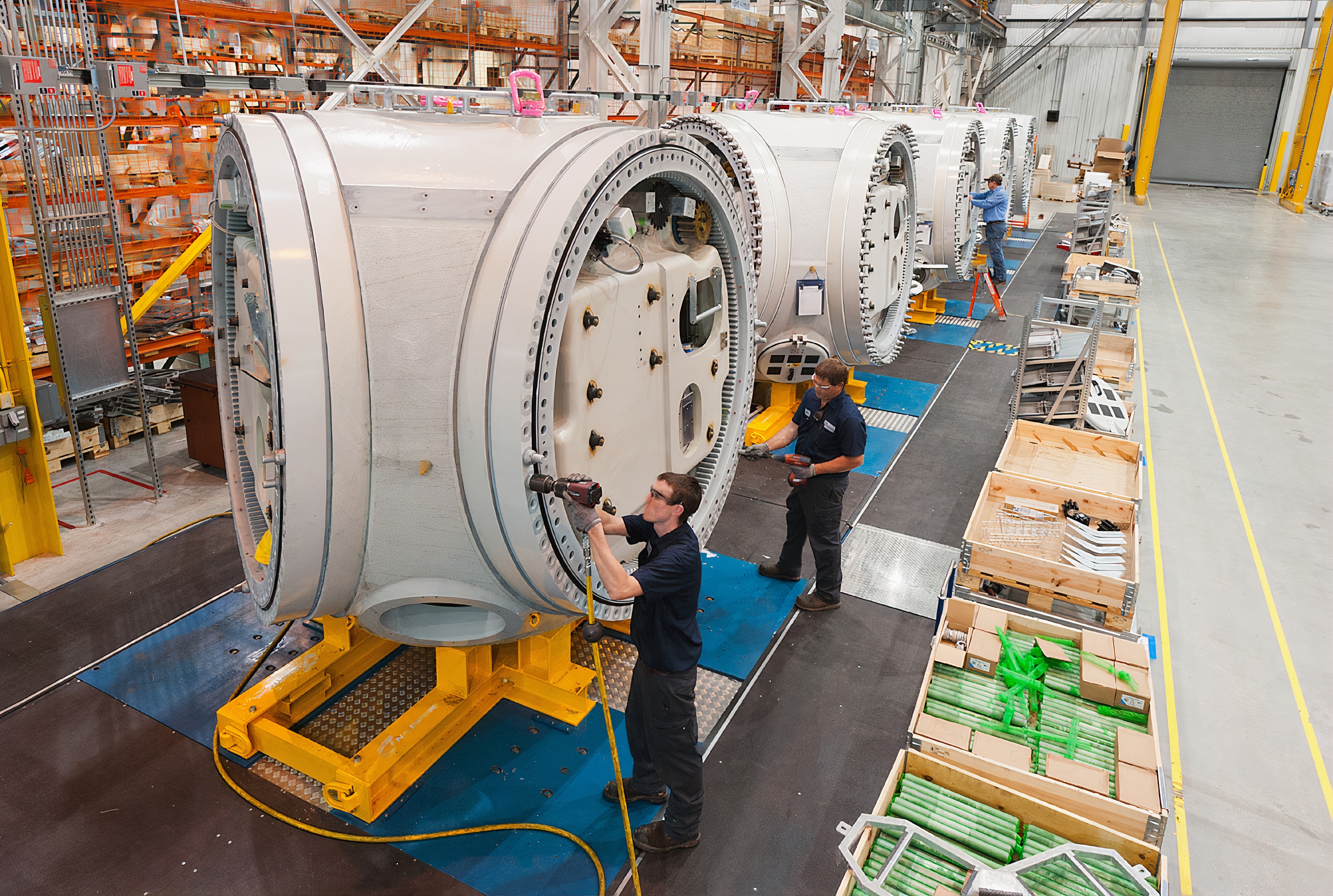Much Ado About House-Made Tools
Manufacturing companies frequently produce their own tooling for use in their production process. The tools are used to build parts and finished assemblies that they then turn around and sell to the customer, and the tooling stays in the warehouse or is eventually discarded after one or several uses.
The accounting processes for sub- and finished assembly parts is pretty straightforward - or at least, it is with fully-integrated business software! - but what about these behind the scenes tooling costs that still incur labor and material, but don’t fit into the typical ‘final assembly’ box created for inventory or for immediate shipment to customer?

There are a couple of options available within Cetec ERP to cover this ground and provide a way to track costs for accounting purposes that don’t involve reliance on tribal knowledge or complicated finagling of out-of-the-box transactions.
In order to better understand the feasibility of these options, we must first come to an understanding of the accounting processes within Cetec ERP as they are.
ACCOUNTING BASICS: CURRENT VS. FIXED ASSETS, VS. HYBRID
For accounting purposes, there exist two different types of inventory: Current Assets and Fixed Assets.
Raw components as well as assemblies are considered Current Assets. Typically, they are each situated under sub accounts beneath the ‘Current Assets’ umbrella account. These sub accounts may be called ‘Raw Material’ and ‘Finished Goods,’ respectively.
Tools are considered Fixed Assets, akin to your computers, desks, chairs, etc. (things you own but don’t sell).
The hitch comes with the fact that tools that you build are actually a hybrid between a true fixed asset and a true current asset because of the costs associated with them because, as we’ve noted, you build them! You buy the materials, you pick the parts of your warehouse, you track labor costs, etc. This is why they can’t be designated as neither a normal tool under fixed assets NOR as a finished assembly under current assets.
TWO OPTIONS FOR TRACKING IN-HOUSE TOOLING PRODUCTION
With all of that said - there are two options available to account for this type of asset:
1) Consider the custom-built tool as a fixed asset and build it to stock.
Model the tool as a BOM (so you can track material costs), build this to stock (so you can track labor cost) and keep it in ‘inventory’ (don’t cycle count it out after building it).
If you’re adding it to inventory, you’ll need to keep it distinct from your ‘normal’ inventory. To do this, we’d recommend the following:
a) Create a new PRC (see what is a PRC code?) to designate this part number as a tool (TOL is commonly used by our other customers). Doing so will allow you to map the PRC to a ‘Fixed Asset’ account. This way, your books show all of the build-to-stock transactions from ‘TOL’ inventory as ‘Fixed Assets’ as opposed to ‘Current Assets’ inventory.
b) Build this to stock in a specially labeled warehouse separate from your normal inventory (to create and name a warehouse, go to ‘LNAME’ in your data maintenance table). The ‘tools’ warehouse would allow you to separate this from your ‘normal’ inventory in all of your reports.
2) Create a ‘Tool’ in the system.
This option removes the ‘inventory’ and ‘assets’ component altogether.
For this option, you’ll need to build the tool to stock (BOM with components to pick and work orders with labor to track). You’ll also want to cycle count it out of inventory after completion, but after this, you can actually create a ‘Tool’ in the system under the Production module.
Tools don’t hit your ledger as any fixed assets on the books, but you can add a ‘value’ to the tool that you create in the system. Here you would likely fill in the ‘value’ field based on the total cost of the work order for the tool; you could even add a ‘note’ to the tool field, and link the work order number there to be able to trace back to production cleanly!
Either of these options provide a path for companies to account for all of their transactions, even tools made in-house that don’t fit readily into neat accounting transactional paths.
Cetec ERP’s flexibility and capacity for detailed traceability allow companies to move away from processes reliant on tribal knowledge and manual adjustments that only leave them liable to breakdown and confusion. Track all your transactions to a tee in Cetec’s fully-integrated accounting and production modules, without stress or gaps in data.